The ancient Megalith builders of Africa
In many parts of the prehistoric world, megalithic sites and other related forms of monumental architecture, such as dolmens and stone cairns, marked the emergence of the earliest forms of social complexity and group-oriented societies.
Early scholarship viewed grand megalithic architecture as inextricably linked to agricultural ways of life; in contrast to the pastoralism of mobile herders, who were thought to have lived on the outskirts of more ‘illustrious’ farming societies. More recent research in West Asia and Africa has instead shown that the appearance of megalithism seems to be globally consistent, zone by zone, with the development of pastoralism.1
In Africa, archaeological research on prehistoric megaliths was initially focused on Nabta Playa, an ancient site in south-western Egypt near the border with Sudan that was occupied at the start of the African Humid Period (Green Sahara).
During the early Holocene (ca 9000–6000 BC), seasonal flooding of the site attracted mobile herders, who eventually settled and transformed it into a regional ceremonial centre. Between the 5th and 4th millennium BC, the people of Nabta Playa constructed megalithic structures consisting of groups of shaped sandstone blocks ranging in weight from several tons to less than 50 kg, as well as a ‘‘calendar circle’’ of smaller sandstone slabs.2
The megalithic structures and stone circles at Nabta Playa served multiple functions and have been the subject of extensive research regarding the origins of social complexity in the ancient civilizations of the Nile Valley.3
Comparatively less research has been undertaken on similar prehistoric megalithic structures across the rest of the continent, especially on the Lake Turkana and Senegambia megaliths, which could be considered the western and southern counterparts of Nabta Playa. The two megalithic complexes are dated to the 3rd and 2nd millennium BC, respectively, coinciding with the end of the Green Sahara.
Other significant prehistoric megaliths and dolmens in Africa whose construction dates back to between the 3rd and 1st millennium BC period can be found across the Maghreb, the Central African Republic, Ethiopia, Mauritania, and Sudan. More recent megalithic sites are found in Mali, Nigeria, South Sudan, Somaliland, and Madagascar.4
Nabta Playa, Alamy Images.
Kolokol pillar site in Turkana, Kenya.
Wassu stone circles, Gambia.
Stele field at Aksum, Ethiopia.
Three dolmens at Sourré Harar, Ethiopia5
Dolmen at Ellès, Tunisia.6
Standing stones in Tazunu, Central African Republic.7
Stone monuments in the Adrar region of Mauritania.8
The Sene-Gambia megalithic complex, in particular, is one of the most spectacular manifestations of African megalithism, consisting of an estimated 29,000 shaped stones across 2,000 sites in a region about the size of Switzerland. The upright pillars of laterite stones, some of which stand at over 2.5 meters, were first erected in the late 2nd millennium BC, but construction continued until the 16th century CE.
According to the archaeologist Roderick McIntosh and art historian Alisa Lagamma, the Senegambia megaliths and similar structures from Mali were built by mobile herders:
“The first societies to prosper in the Sahel and in the Sahara were not empires but rather pastoralist communities. From about 4000 to 1000 B.C, these mobile elites accrued wealth and power in the form of cattle and semiprecious stones and memorialized themselves through the construction of monumental mounds for either burials or the commemorative deposition of possessions.”9
Megalith field at Tondidarou, Mali, ca. 192410
The megaliths of Wassu (Gambia) and Wanar (Senegal).
Excavations of the Senegambia megaliths by Augustin Holl uncovered numerous grave goods, including some of Africa's earliest iron objects; an iron spearhead dated to 1362–1195 BC and an iron sword dated to 848–992 BC. According to the excavator, the ancient populations that built the megaliths had migrated southwards from the drying Sahara.11
A similar phenomenon occurred in the Lake Turkana basin of northwestern Kenya, where half a dozen megalithic sites were constructed around 5000-4000 years ago at the end of the African Humid period.
The construction of the Lake Turkana Megaliths, also known as “pillar sites,” represents the earliest known monumental architecture in eastern Africa, and is among the most significant examples of African Megalithism in the prehistoric world.
My latest Patreon article outlines the latest discoveries on the Lake Turkana megaliths, the functions of the structures, and their significance in the prehistoric period of Eastern Africa.
Megaliths of the World edited by Luc Laporte, Jean-Marc Large, Laurent Nespoulous, Chris Scarre, Tara Steimer-Herbet
Nabta Playa and Its Role in Northeastern African Prehistory By Romuald Schild, Climate Change, Nomadic Pastoralism and Astronomy at Nabta Playa, Southern Egypt By Kim Malville and J. McKim Malville
Holocene Settlement of the Egyptian Sahara Volume 1: The Archaeology of Nabta Playa edited by Fred Wendorf, Romuald Schild. Astronomy of Nabta Playa by J. McKim Malville et al. in ‘African Cultural Astronomy: Current Archaeoastronomy and Ethnoastronomy research in Africa’, edited by Jarita C. Holbrook et al.
Megaliths, Cultural Landscape and the Production of Ancestors by Augustin F.-C. Holl and Hamady Bocoum. Megaliths of the World edited by Luc Laporte et al.
Megaliths of the World edited by Luc Laporte et al., pg 987
Megaliths of the World edited by Luc Laporte et al., pg 1117
Megaliths of the World edited by Luc Laporte et al., pg 967
Megaliths of the World edited by Luc Laporte et al., pg 1106
Sahel: Art and Empires on the Shores of the Sahara By Alisa LaGamma, Yaëlle Biro, Mamadou Cissé, David C. Conrad, Souleymane Bachir Diagne, Roderick McIntosh, Paulo F. de Moraes Farias, Giulia Paoletti, Ibrahima Thiaw pg 51-55, 74-81
Sahel: Art and Empires on the Shores of the Sahara By Alisa LaGamma pg 79
Megaliths, Cultural Landscape and the Production of Ancestors by Augustin F.-C. Holl and Hamady Bocoum. pg 130, 184-187, 254-255


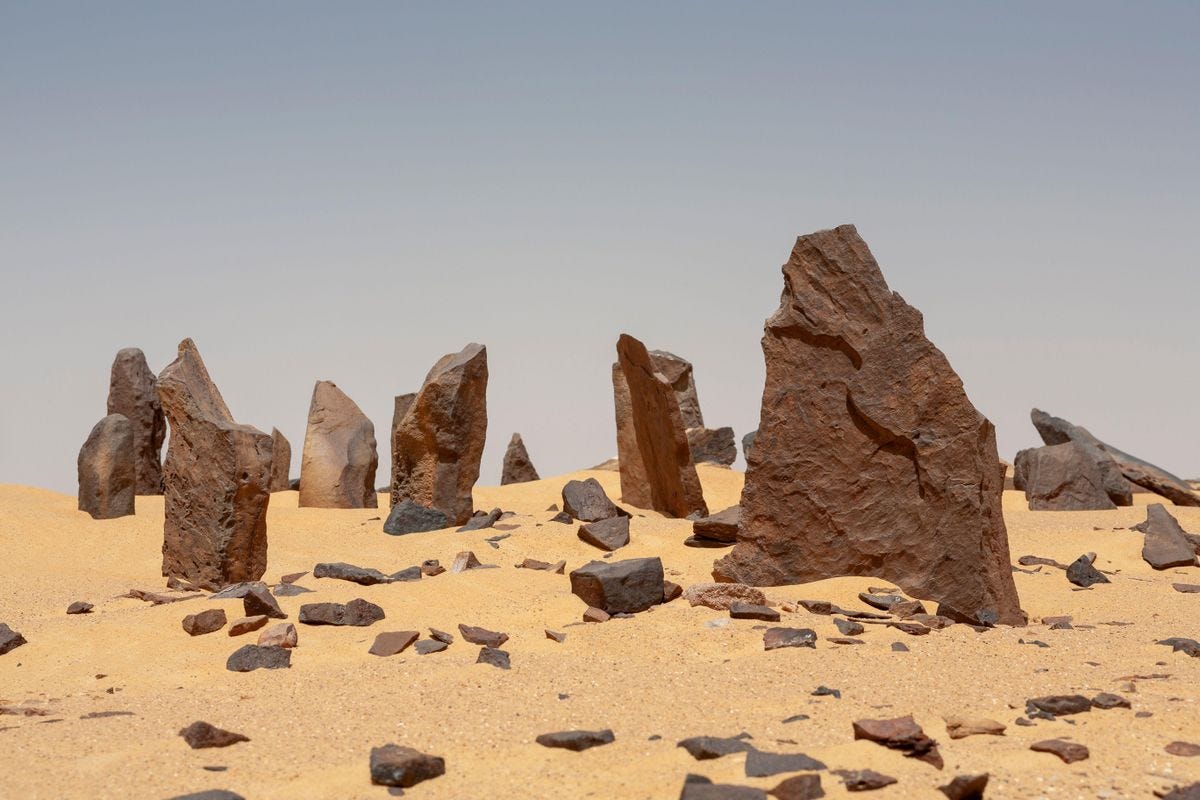

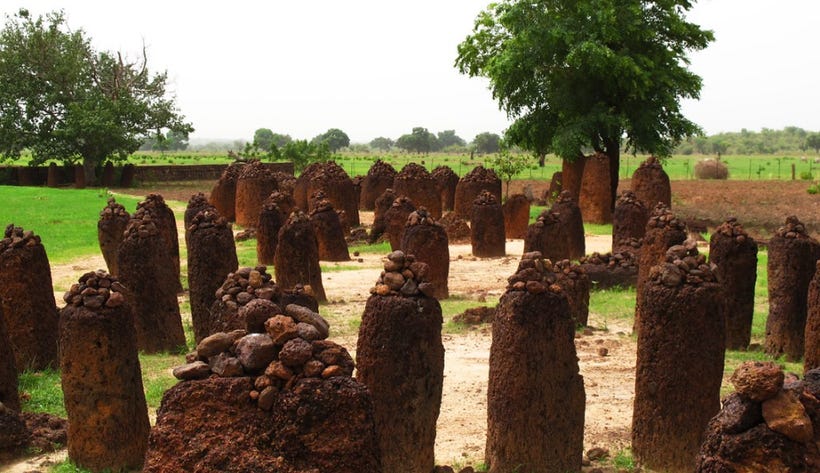
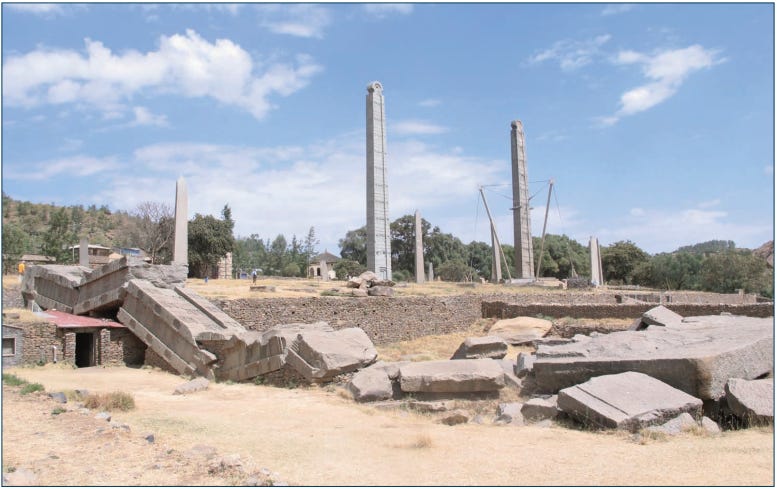
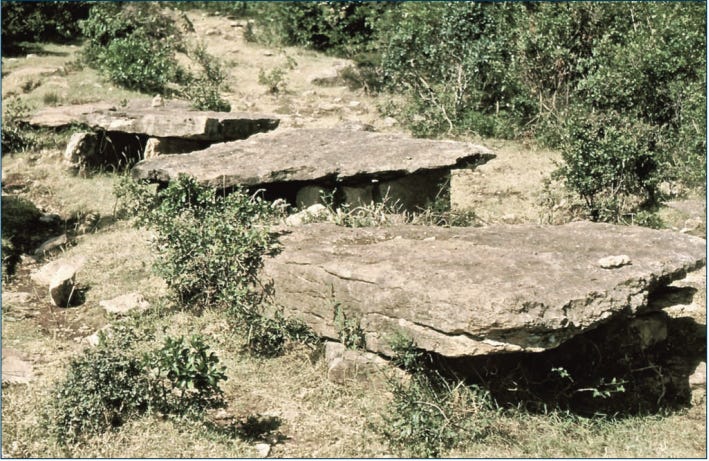
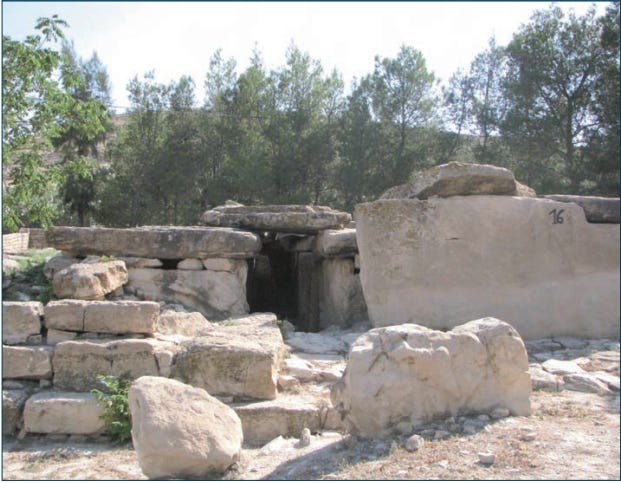
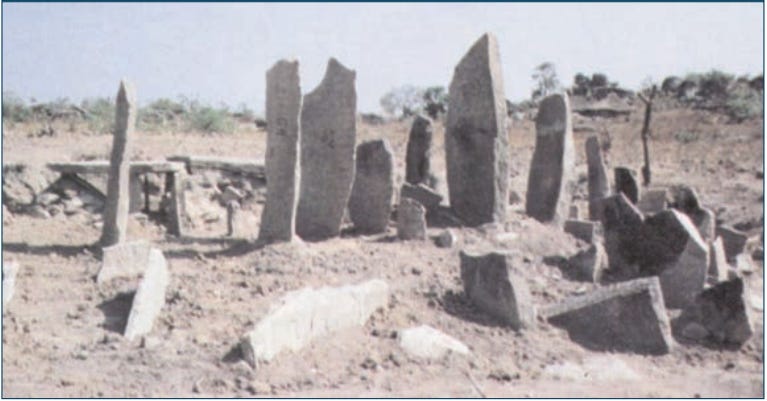
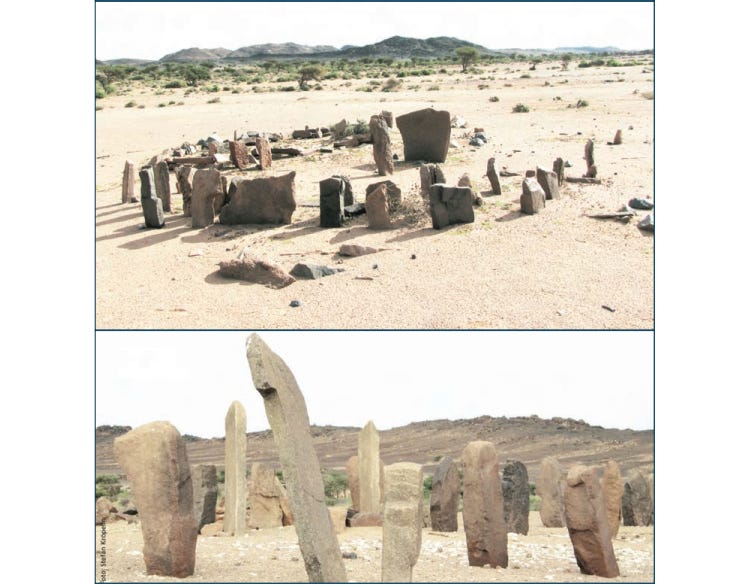
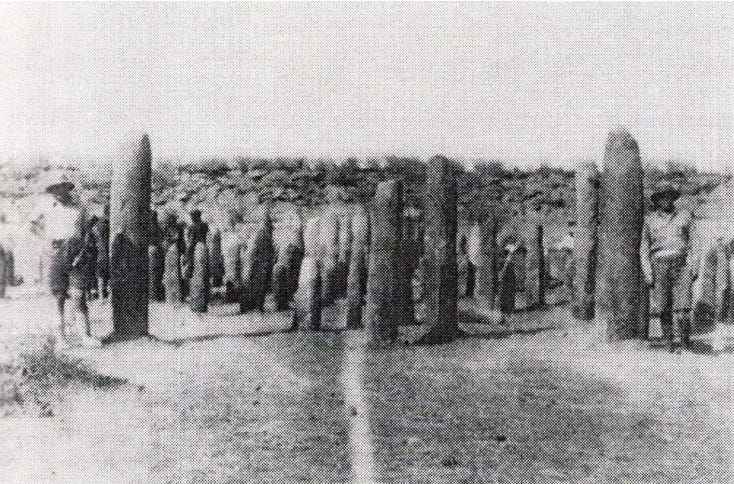
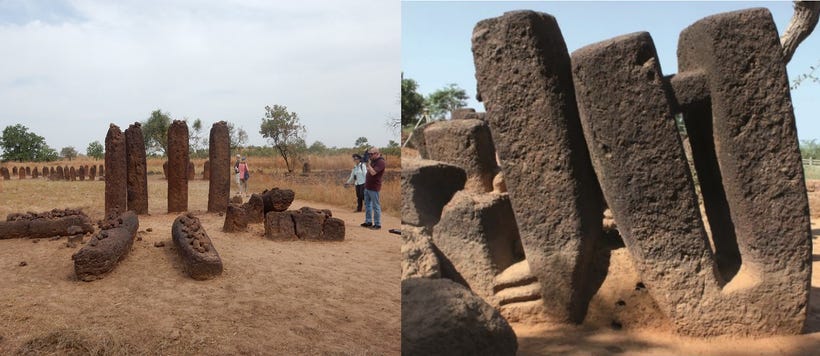

The stone circles and "Adam's Calendar" in the Mpumalanga Province of South Africa are also said to be some if the oldest of their kind on earth.